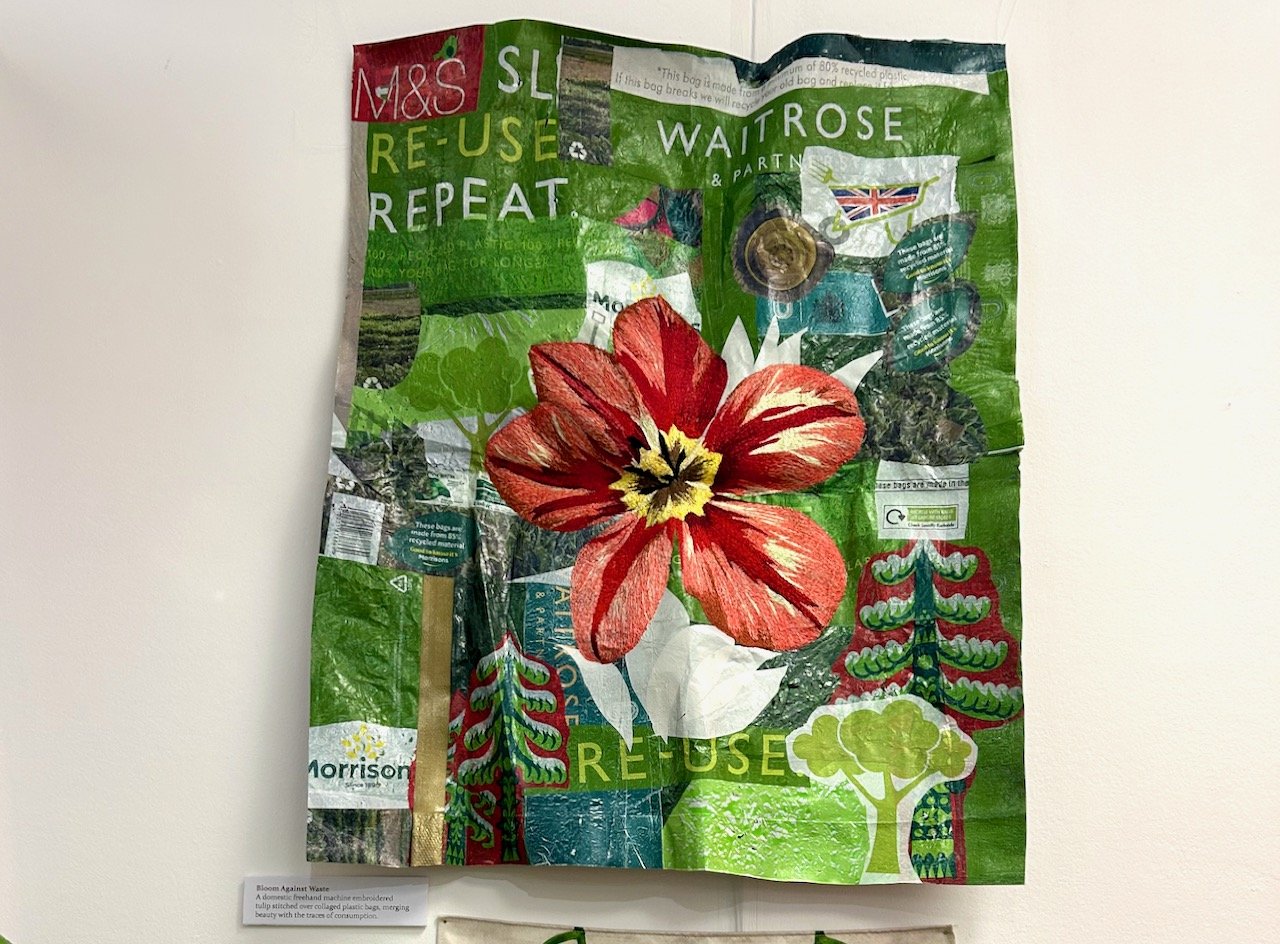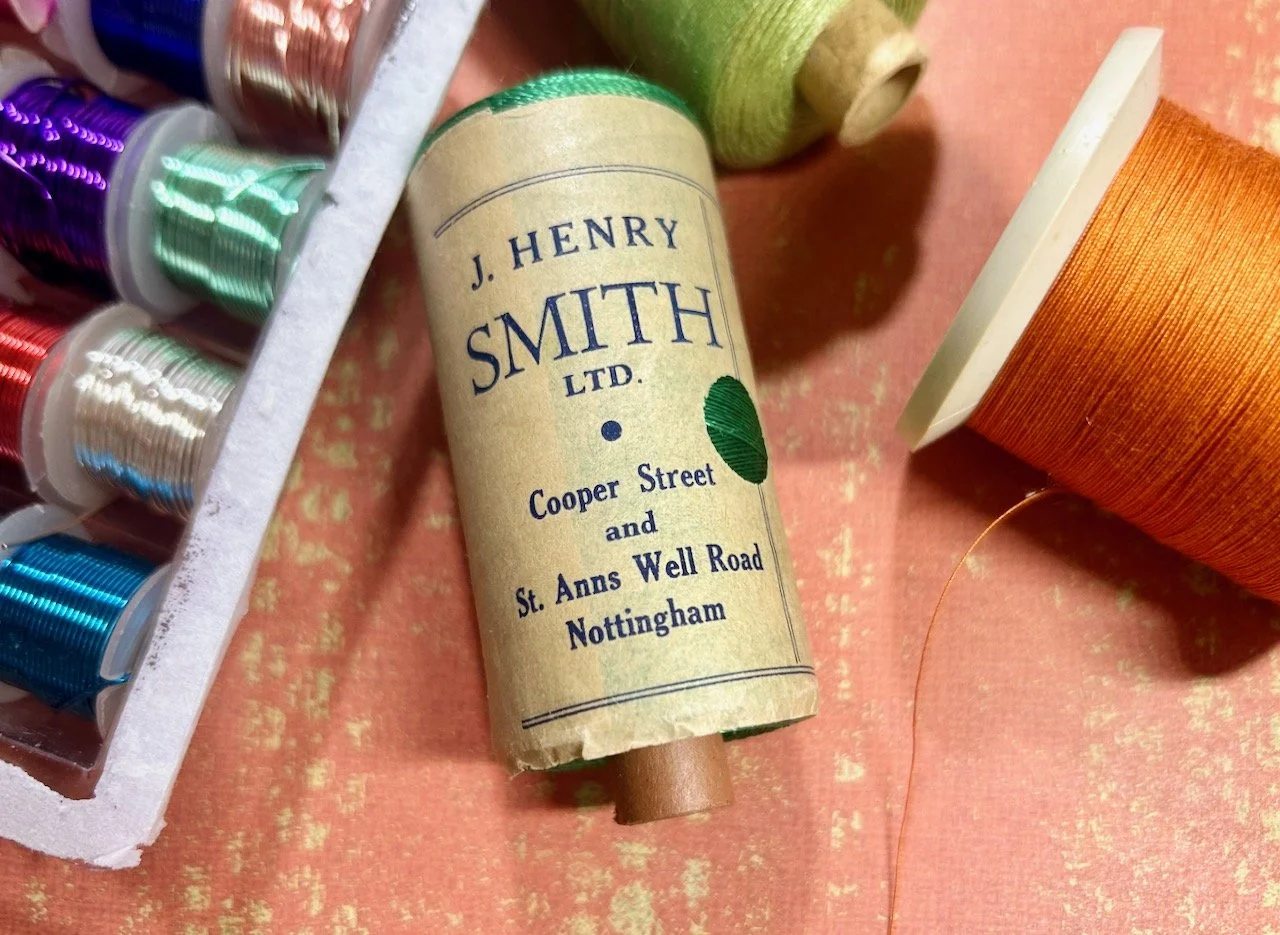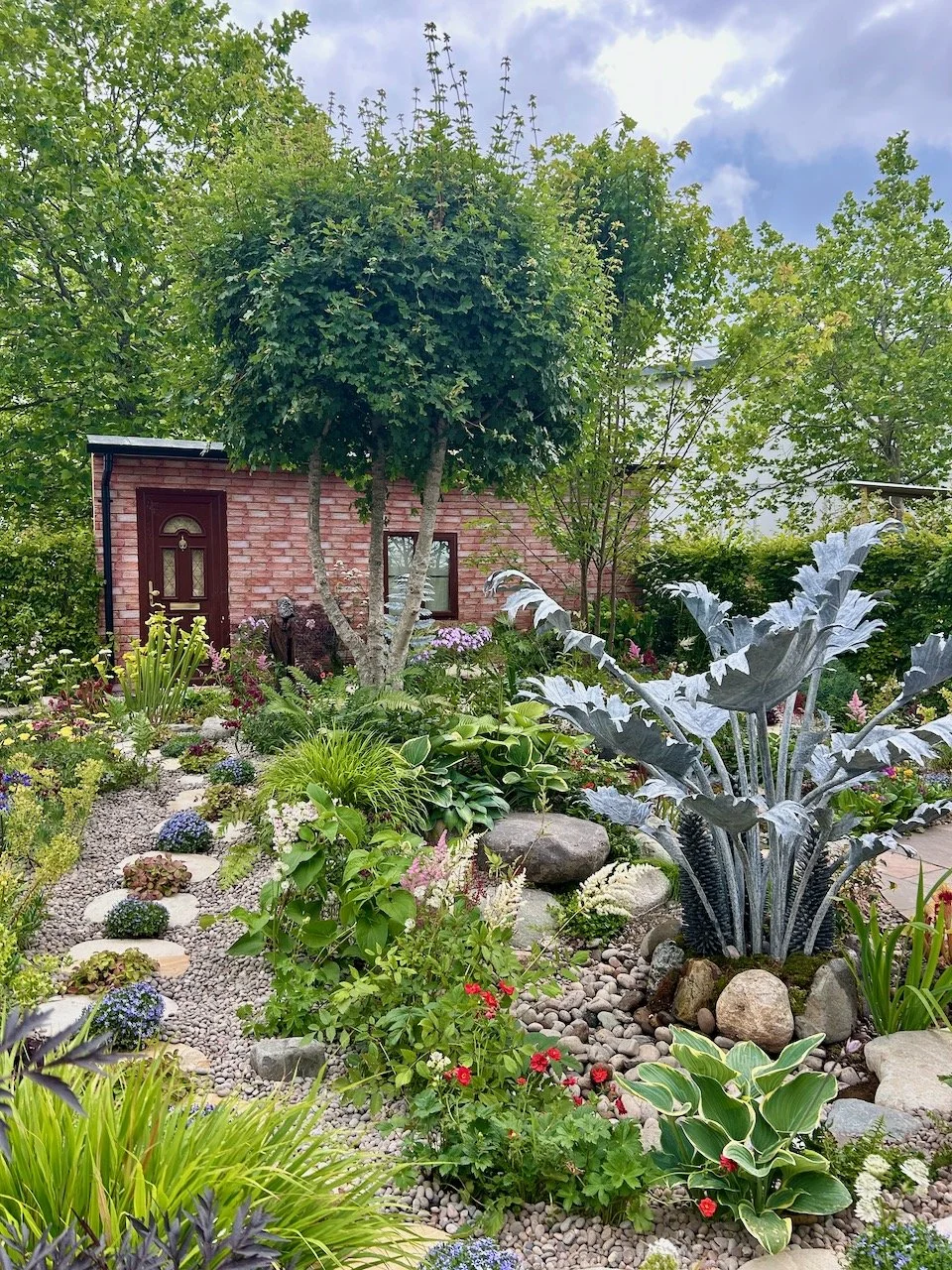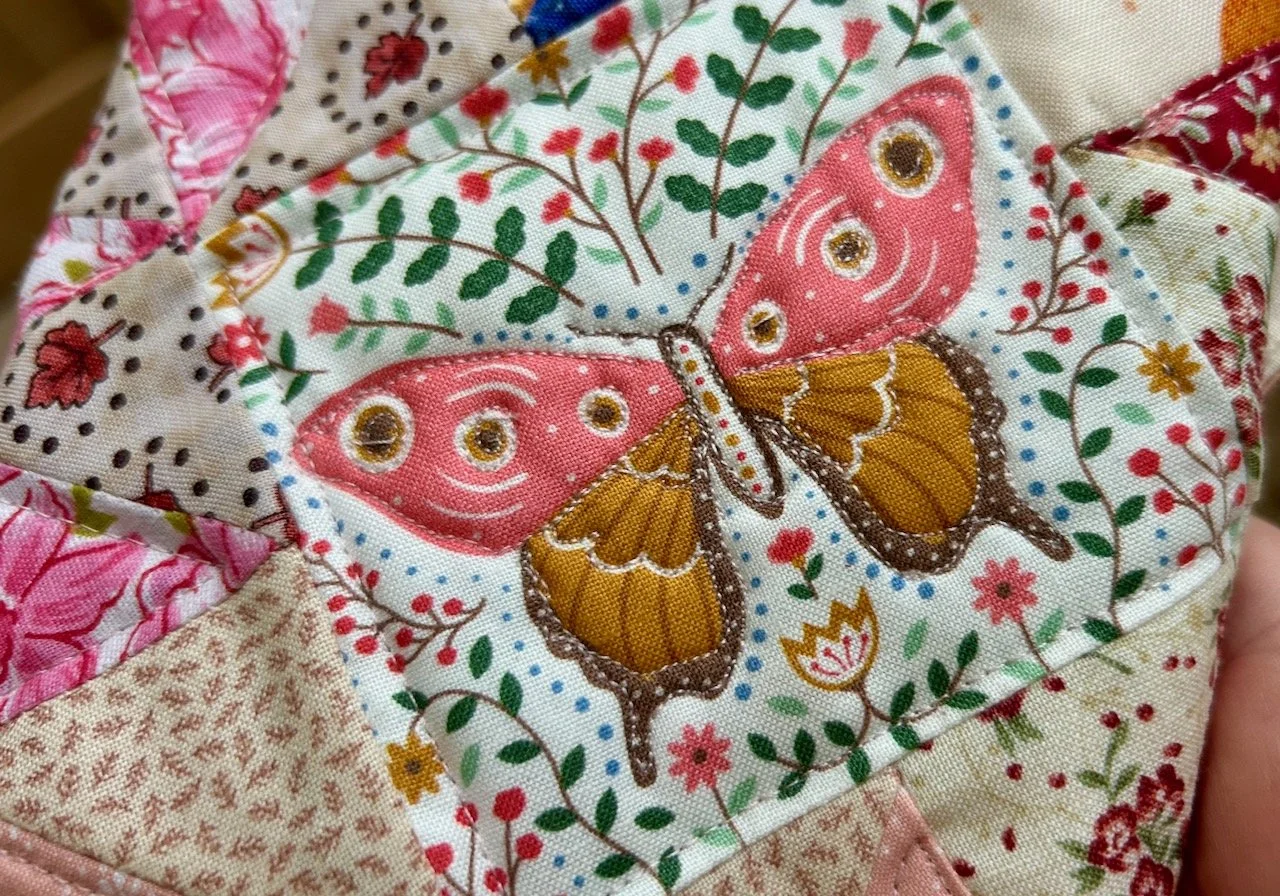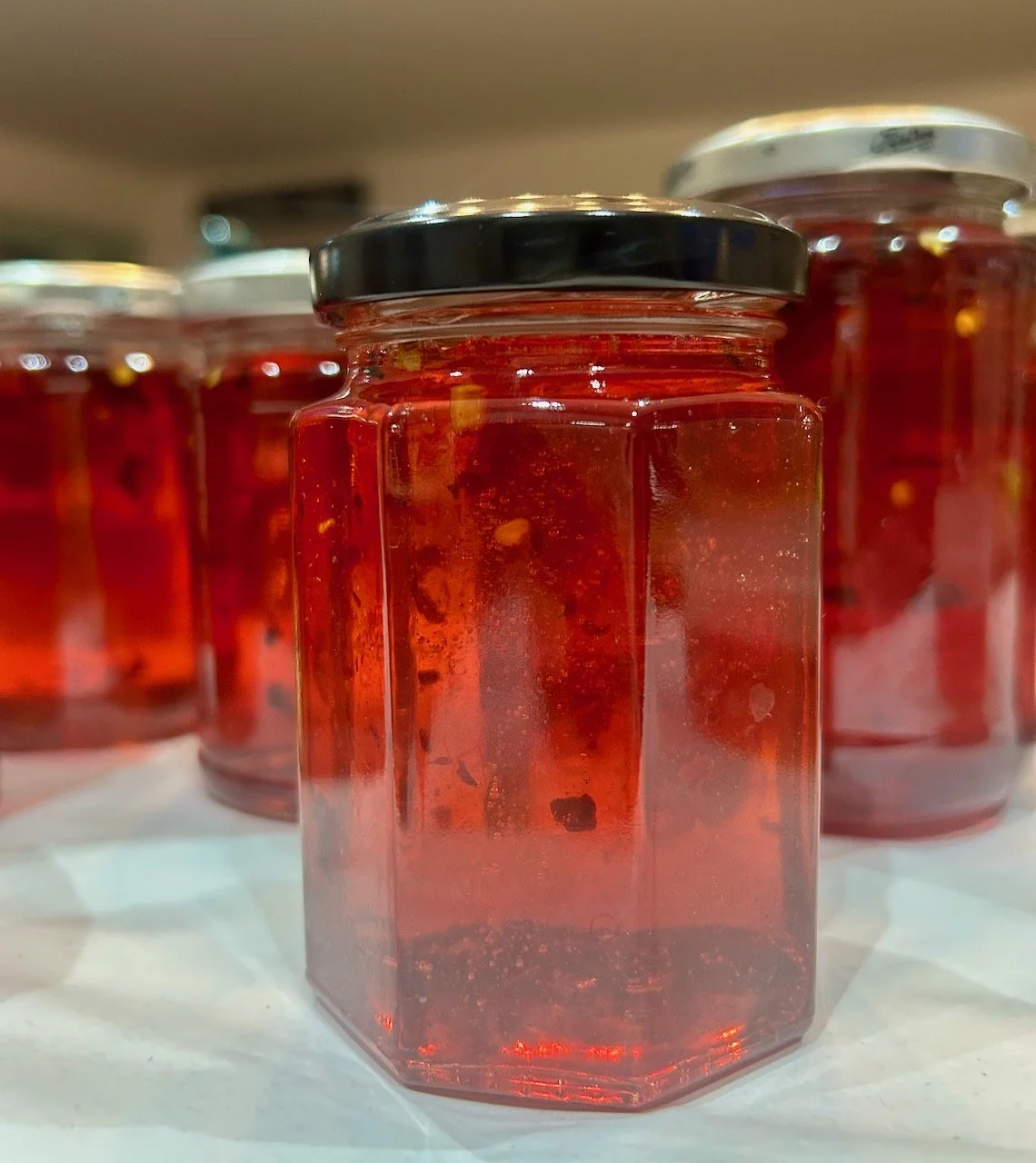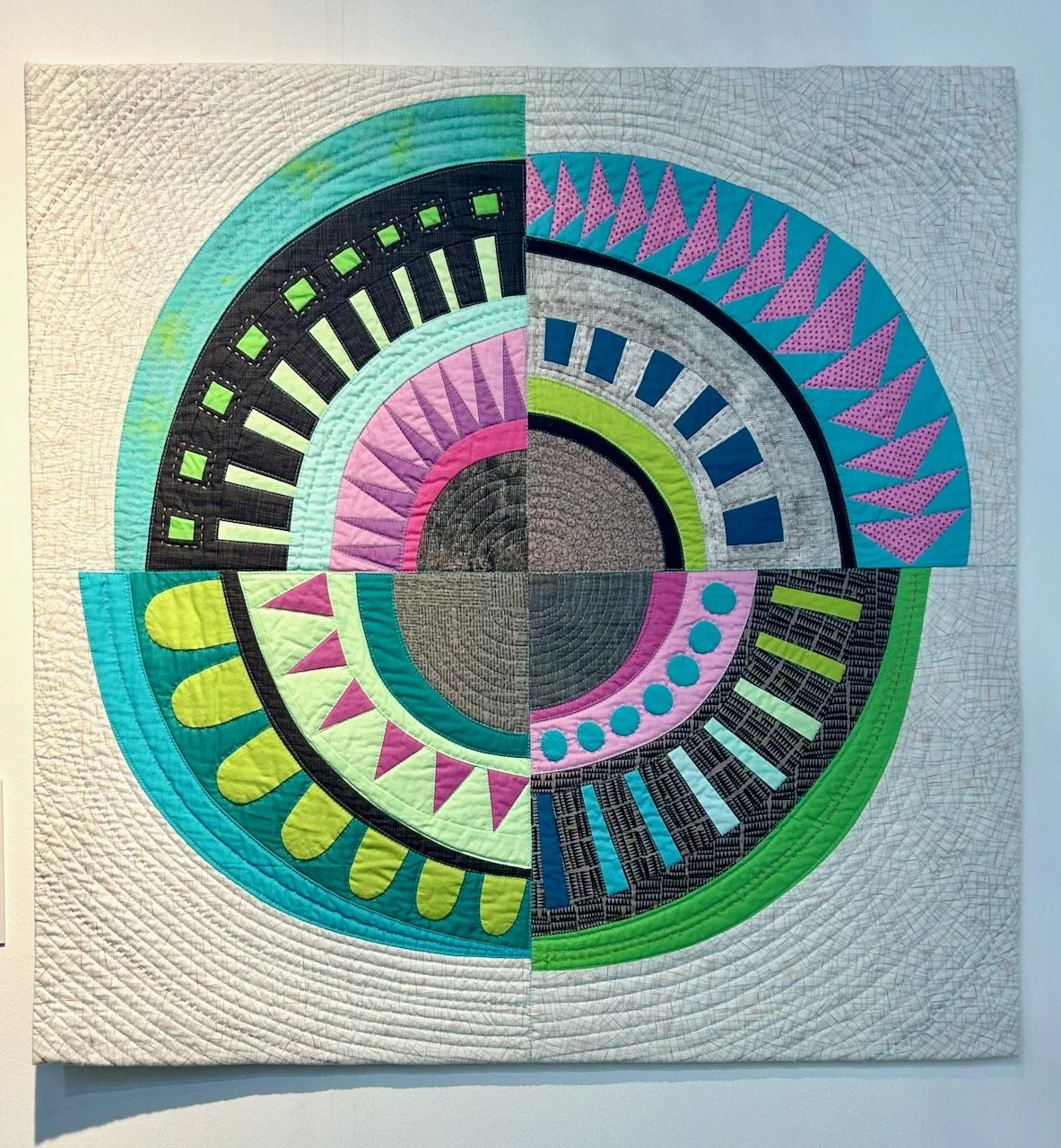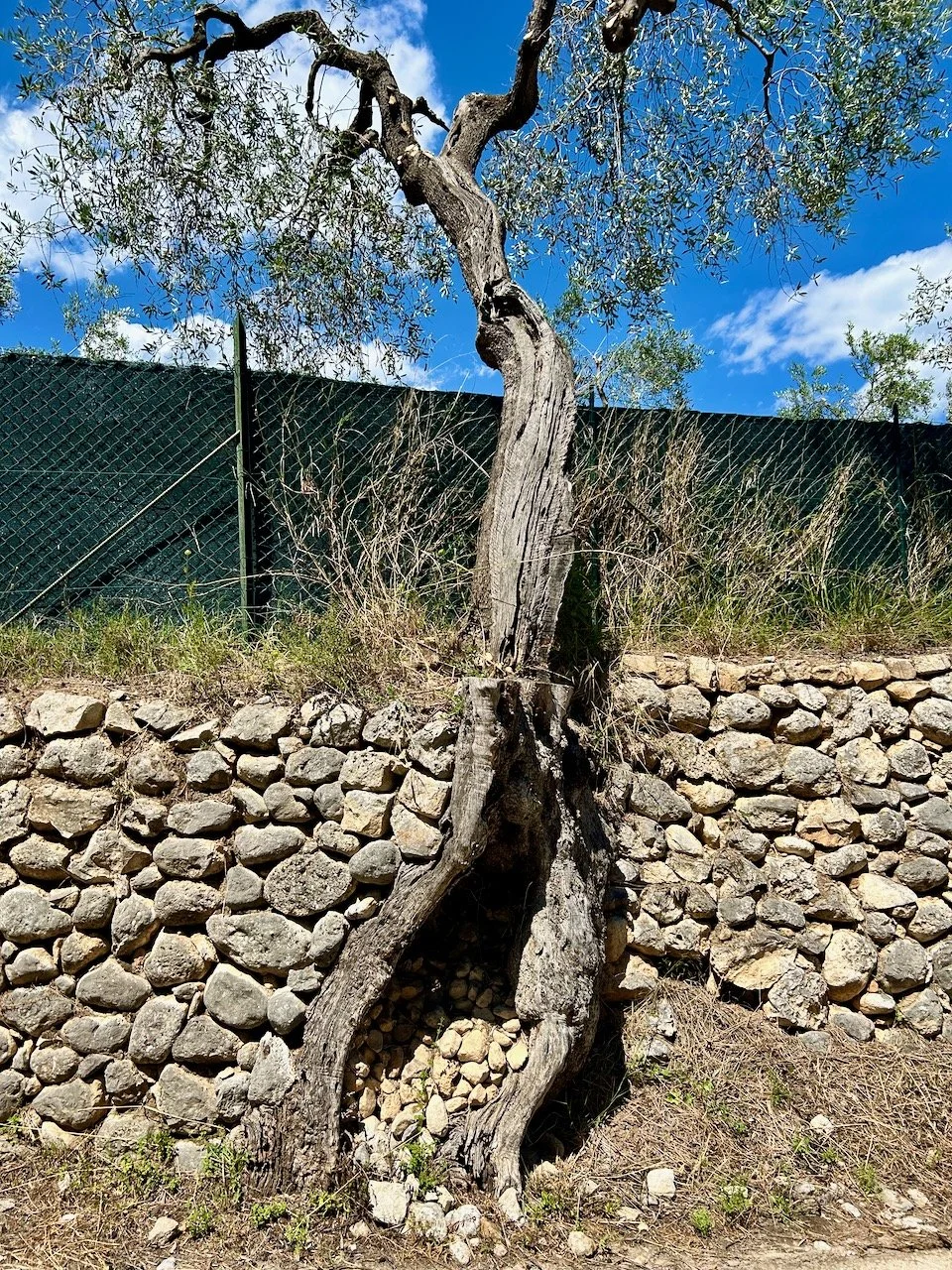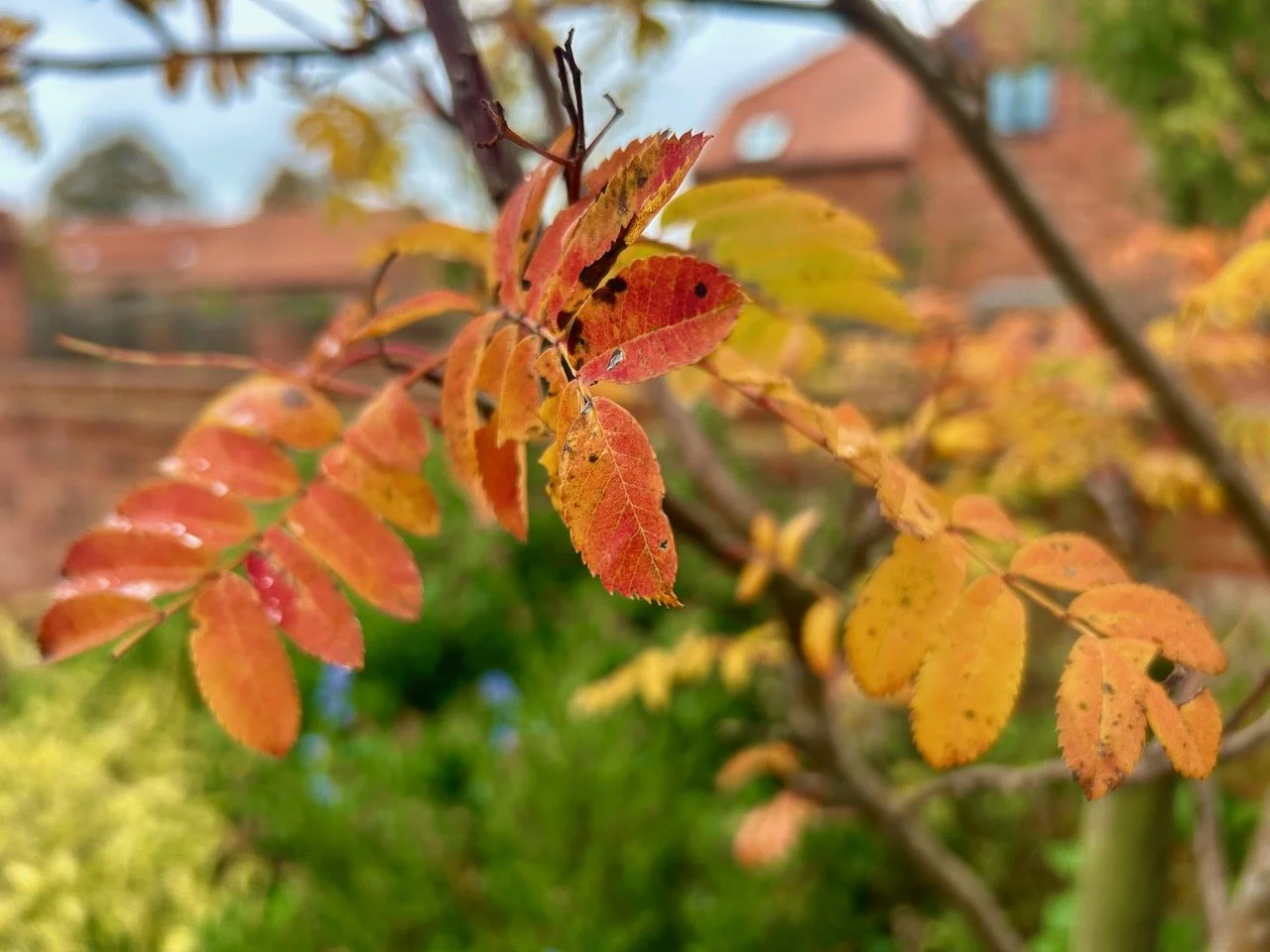On Saturday we headed into town and over to Olympia for a last minute visit to the Ideal Home Show on its last weekend. It was the first time I've visited the show at the weekend and it was just as busy as we expected, but still enjoyable - thanks to British Gas for the tickets.
Last year I was surprised to see the show gardens, but this year they were one of the first things on my list to see. And I wasn't disappointed. Today I'm sharing three of the six gardens we saw.
Once again the show gardens were created for the Ideal Young Gardeners of the Year competition in association with The Prince's Foundation for Building Community. A competition organised by TV Gardener David Domoney.
This year, as well as demonstrating what can be achieved in a small space the students were also challenged to incorporate elements of an educational garden into their designs and aim to inspire young people to reconnect with nature. Not much then!
So onto the gardens.
1. Basement Garden, Writtle College
This first garden is a small urban basement garden hidden in the middle of the city providing an urban retreat. The roof is covered with meadow grass and magnolias, although we didn't see these from ground (or basement) level.
There was a green wall which represents a new investigation into producing electricity from plants which is an interesting idea, which could one day provide electricity for LED lights or charging points - now that would be clever.
There's sedum matting used as a lawn which would soak up rainwater but also tolerate drier conditions, and as well as the tree log lights there was a rhododendron to provide colour.
I liked this garden and using sedums instead of grass was appealing, but while there was little I would replicate in my own garden I would quite happily own a garden that looked like this.
2. Path to Discovery, Pershore College
This garden was inspired by geometry found in plants, particularly "the curve of life" and mathematical patterns. Many of the plants used were selected to help demonstrate the intricacies of plant structures, varying with leaf arrangements, patterns and textured foliage.
The rusty steel planters were a winner for me and it was useful to speak to one of the students who told me they'd made all the elements of their garden, which was quite a bit of work. The most interesting thing I learnt was that they'd used vinegar to age and rust the steel, and an idea was beginning to form.
I thought that the steel would be easier to bend and mould into a curved shape and would be easier to create than a brick wall. MOH was less convinced but my enthusiasm persuaded him and when we were home later he was the one looking at steel prices and seeing if it was viable. It's still a possibility but on reflection I think sleepers are still my first choice, although I do have to work out where I can add a rusty steel homemade creation. Watch this space.
I liked these steps too with their mini sempervivums in the crevices.
The pergola too was impressive with its fern-like design.
And wouldn't it be great to sit in an area like this. And that circular sempervivum installation on the back wall, I want one of those too. That's a mathematical depiction of the "curve of life."
I would have been quite happy to let myself into this garden, plonked myself down and spent a good couple of hours here - and that's nothing to do with the bottle of cider on the table, well maybe not.
The green-ness and freshness of this garden appealed to me - maybe because the planting is most like my garden at home - and the greens just popped against the rusty steel walls.
I loved this garden and it was the garden I voted for, so I hope it did well - I've yet to look!
3. New London, Askham Bryan College
This garden definitely had potential and had been awarded the Young Gardener's of the Year award but for me the planting was looking more tired than my favourite garden above. As I said at the top of this post, it was the last few days of the show so I'm prepared to admit we might not have seen this garden at its best.
There were elements I did like though - who can fail to like the Yorkshire dry stone wall and using tree trunks as the fencing was inspired. The timber had the names of the tree species carved into it, which brings the educational element to life.
Alongside the large Tibetan cherry trees the planting was mostly hellebores. I love hellebores but these were looking a bit tired, as I would be after a few weeks indoors and under stark lighting.
Again we spoke to one of the students who was involved in creating this garden, and her dad who was rightly very proud. I think it makes all the difference when the students are there to speak to.
So there you have three of the six gardens we saw, I'll share photos from the other gardens shortly, but I'm interested to know which of these appeals to you most, and if there's anything you've seen here that you'd incorporate into your garden at home - let me know in the comments below.

